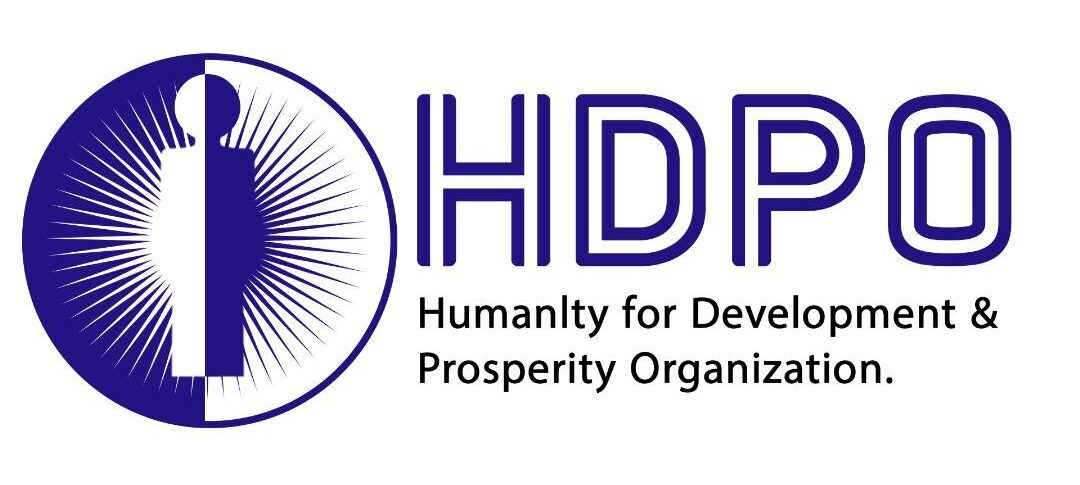Humanity for Development & Prosperity Organization (HDPO) Safeguarding Policy Summary:
Policy Statement and Pledges
a) The HDPO pledges that the safeguarding of its people (employees, beneficiaries) against
sexual harassment, bullying, discrimination, intimidation and violence, neglect and
exploitation will continue to be a primary guiding principle for its anti-poverty work, for its
programs and its enterprises.
b) The HDPO pledges that the commitment to safeguarding will continue to be articulated at the
level of its values, code of conduct and work-instructions.
c) It pledges that safeguarding will continue to be incorporated in the design of programs and
enterprises.
d) It pledges that where necessary secondary safeguarding mechanisms will continue to be
installed and then maintained.
e) The HDPO organization and the HDPO leadership pledges that it will analyze, describe and
document the safeguarding work it has done and does. HDPO will make thisresearch available
to its partners and donors, but also to other organizations in the sector.
f) At its all levels HDPO will continue to look for gaps and weaknesses in its safeguarding
practices and address them wherever and whenever they are found. HDPO envisions this as an
ongoing effort.
g) HDPO pledges that it will continue to research, innovate and test new safeguarding solutions.
Scope of Application
HDPO is committed to safeguard its entire people. It wants to protect all of its employees, all of
its beneficiaries against abuse that is against sexual harassment, intimidation and violence,
bullying, humiliation and discrimination, neglect and exploitation.
This policy applies equally to:
(i) The board of trustees;
(ii) All staff contracted by HDPO (under any contractual mechanism);
(iii)The organization beneficiaries like, children, adolescents, adults with special needs and
women among the employees.
Safeguarding Principles
a) Empowerment: people being supported and encouraged to make their own decisions and
informed consent.
b) Prevention: It is better to take action before harm occurs.
c) Proportionality: The least intrusive response appropriate to the risk presented.
d) Protection: Support and representation for those in greatest need. Organizations have a
safeguarding duty of care to beneficiaries, staff and volunteers, including where down-stream
partners are part of delivery. This duty of care extends to people at risk of abuse within the
communities the organizations serve.
e) Partnership: local solutions through services working with their communities who have a part
to play in preventing, detecting and reporting neglect and abuse.
f) Accountability: accountability and transparency in delivering safeguarding.
Standards of Behavior
To ensure that the risk of harm to children, young people and vulnerable adults is kept as low as
is reasonably practical, HDPO strictly prohibits in-human behaviors.
Secondary Safeguarding Mechanisms
HDPO has and will continue to install secondary safeguarding mechanisms to mitigate abuse risks
for its people and the high risk groups within them. Some of those mechanisms have a general
character; they work across programs and enterprises. Others are very specific; they work within
a singular program or activity. The ethos work mentioned above is of course the first general line
of defense against abuse.
Safeguarding in Recruitment and Selection
HDPO is fully committed to safe recruitment, selection and vetting of potential new staff, trustees
and volunteers. HDPO has and will ensure it assesses the eligibility of candidates from a
safeguarding perspective.
Working with Other Agencies
HDPO recognizes and is committed to its responsibility to work with other professionals and
agencies both to ensure people’s needs are met and to protect them from harm. We will endeavor
to identify those people and families who may benefit from the intervention and support of external
professionals and will seek to enable referrals, in discussion with parents/careers as appropriate.
